Publisher Tokai Communications | ||
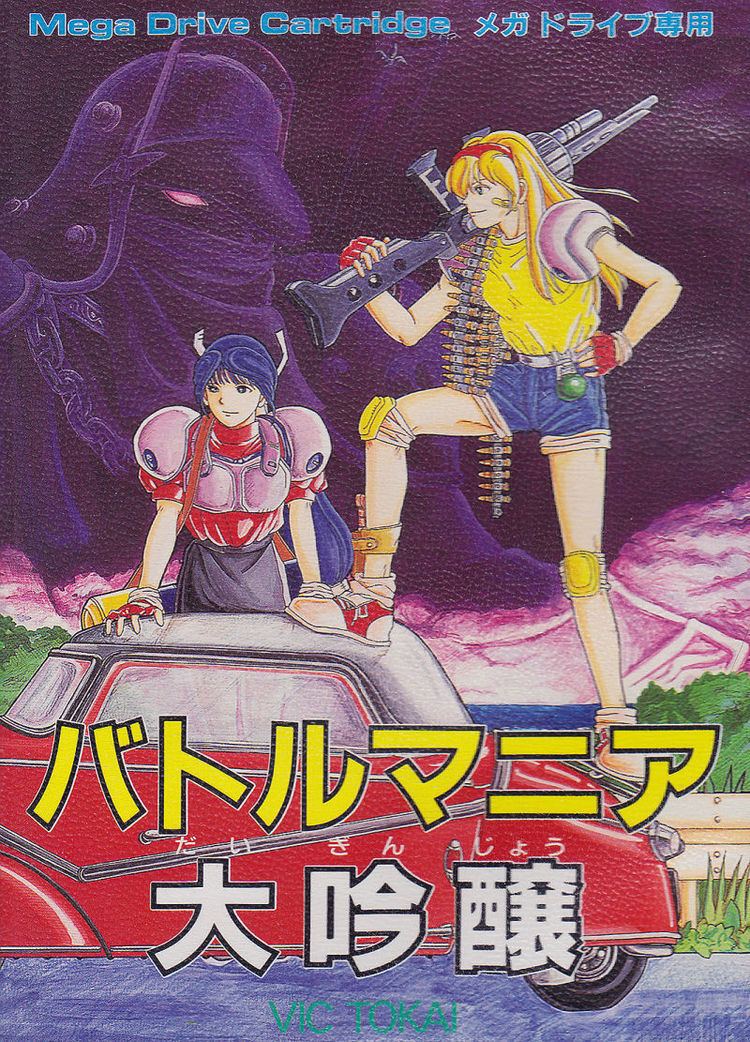 | ||
Similar Trouble Shooter, Gley Lancer, Twinkle Tale, Eliminate Down, Panorama Cotton | ||
Battle Mania Daiginjō (Japanese: バトルマニア 大吟醸, Hepburn: Batoru Mania Daiginjō, also known as Battle Mania 2) is a horizontal side-scrolling shoot'em-up released by Vic Tokai for the Mega Drive in 1993. It serves as a sequel to the original Battle Mania, which was released in North America under the title Trouble Shooter. Unlike the original Battle Mania, Daginjō was released exclusively in Japan.
Contents
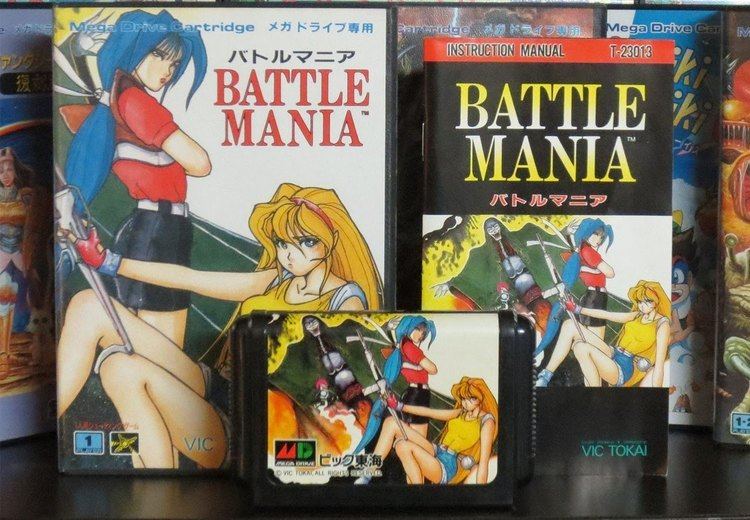
Gameplay
The following changes have been made for the

Daiginjou built on the first release by introducing improved features including a tweaked weapon system with more options to choose how to play the game.
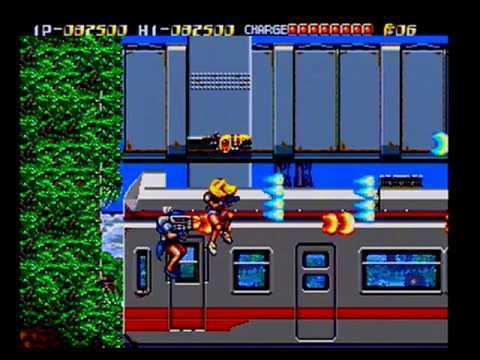
The game pace has been improved, with a better balance of speed/length of level and challenging level designs that take the player from Japanese suburbs to Pagodas to moving fortresses. There are nine levels in the game, which is three more than the original.
Difficulty-wise, Daiginjou has improved the challenge over the original, which was on the easy side.
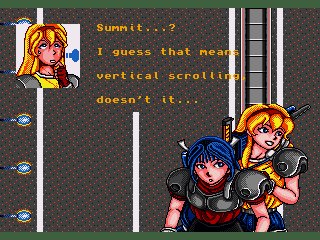
The graphics have been completely overhauled from the original. The heroines - Mania and Maria look better and are better animated, with more flashy special effects.
The first Battle Mania had an artistic flavour that was anime but with a slight western comic-book influence. Daiginjou changed the style for a total anime flavour. The 1980s influence is present in Daiginjou. from the cover and manual, to the colour palette tones, to the way the characters are dressed. Even for the time of its release, the game had a retro feel to it.
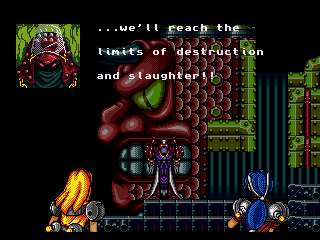
Besides their attitude and distinctive style, Battle Mania Daiginjou features comical anti-Nintendo gags that pleases its Sega gamers. In stage 5, the heroines get to shoot down enemies that look like a flying caped Super Mario from Super Mario World.
